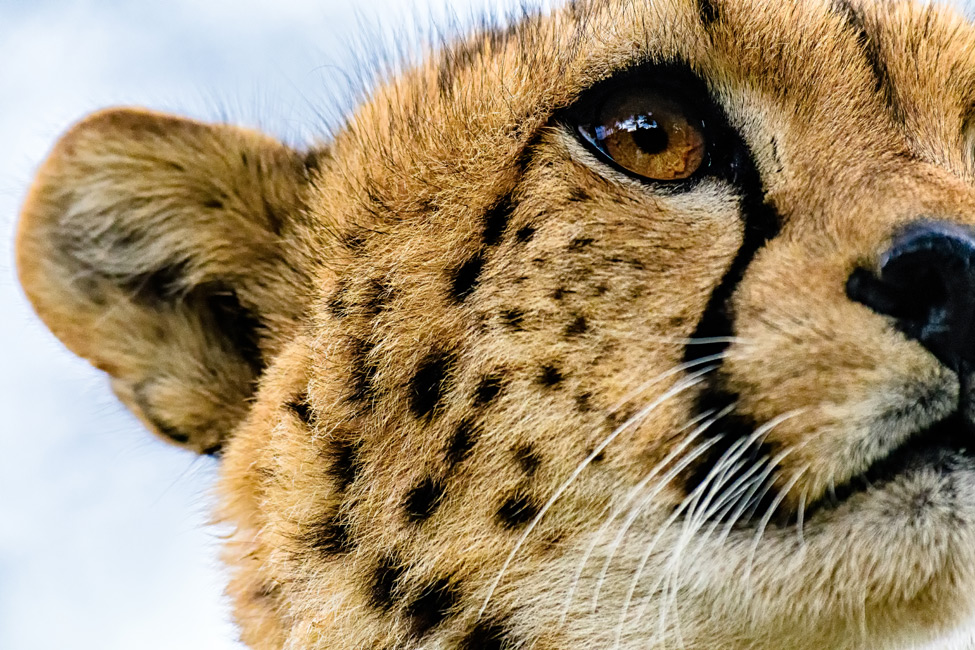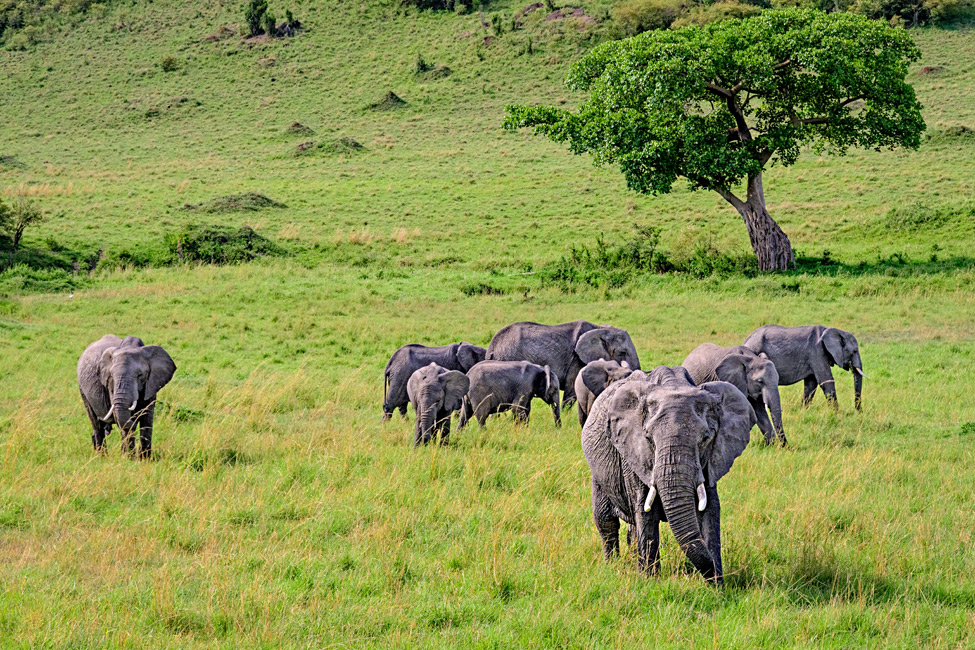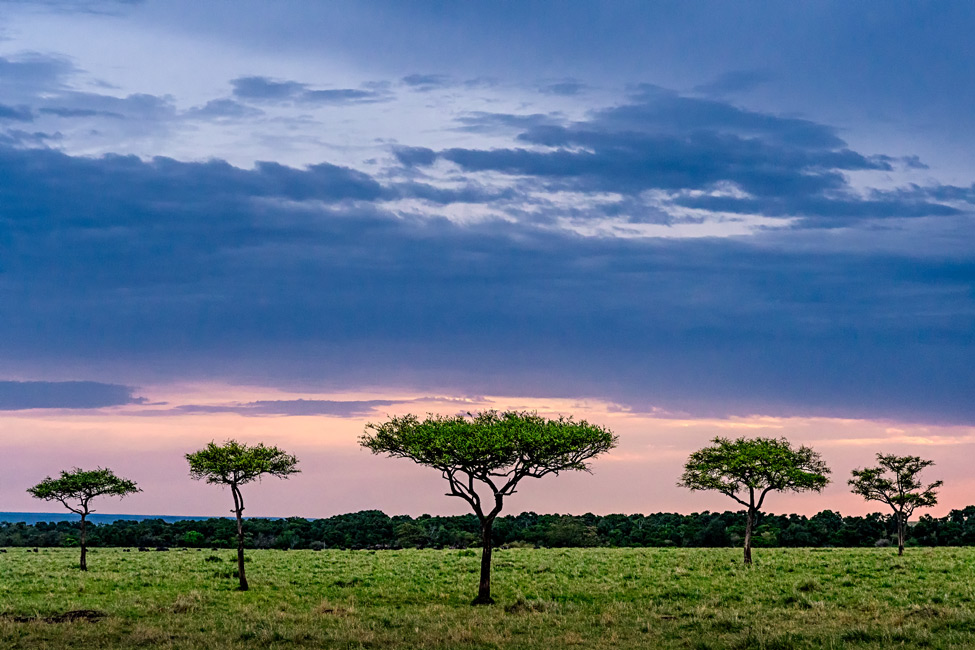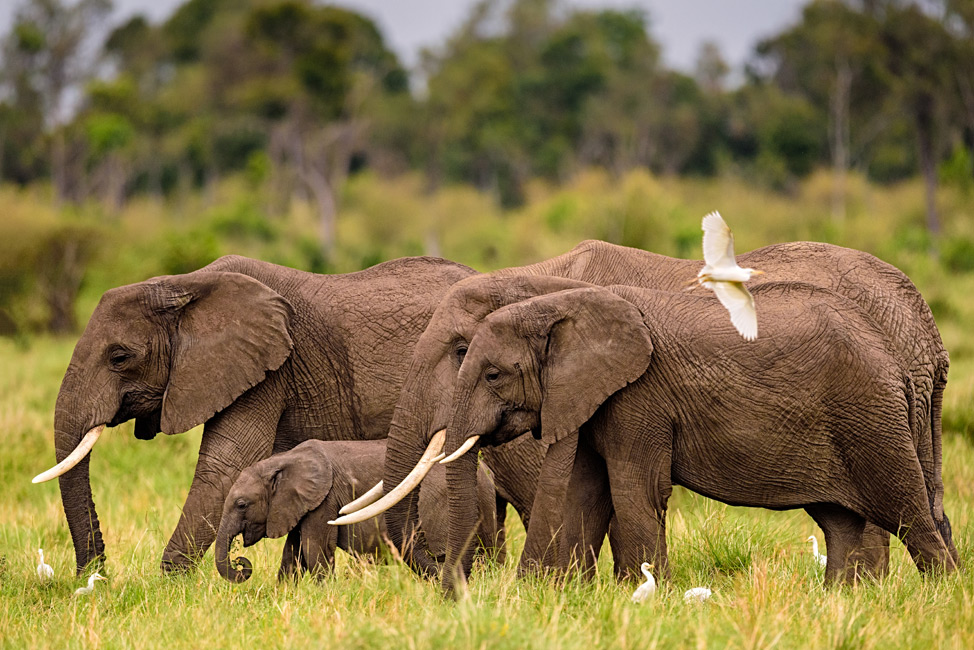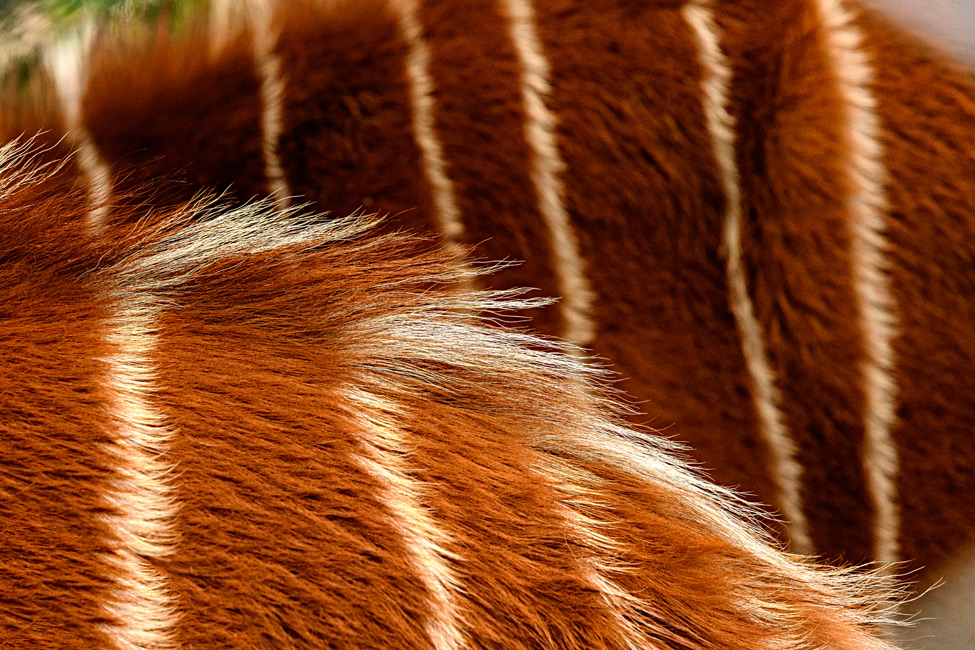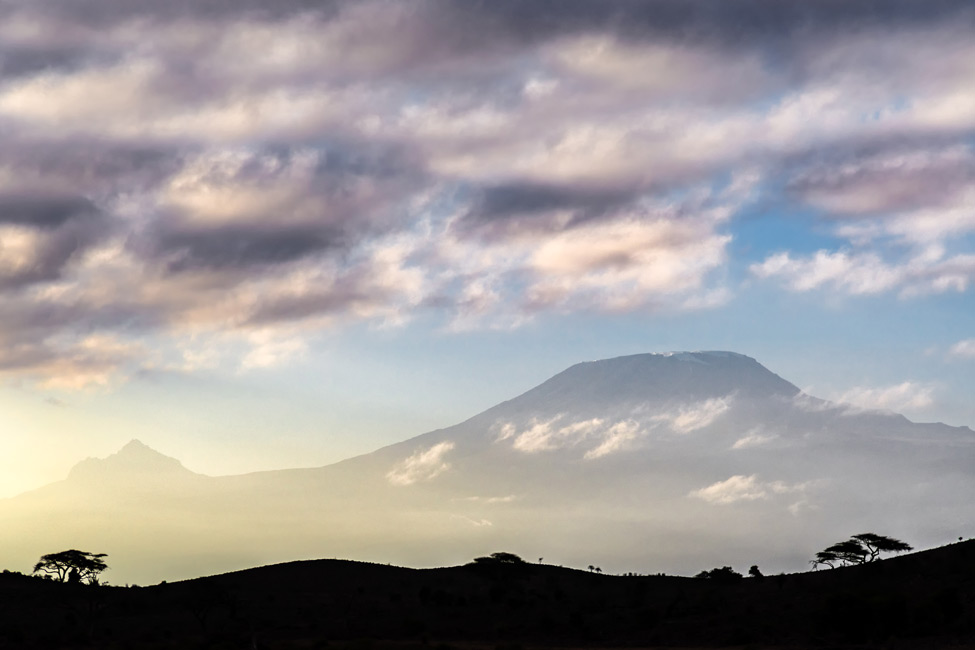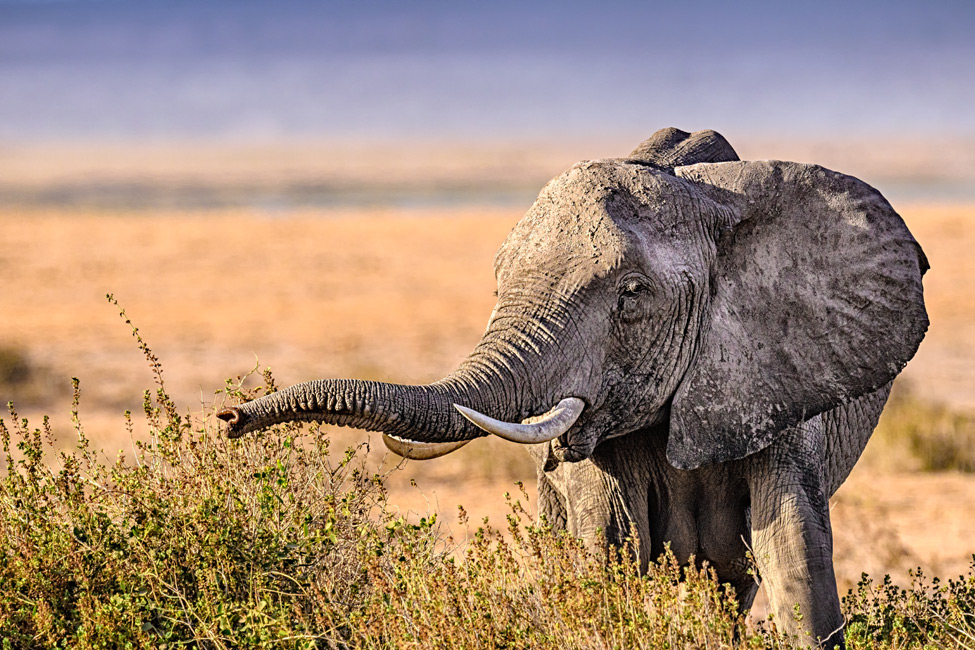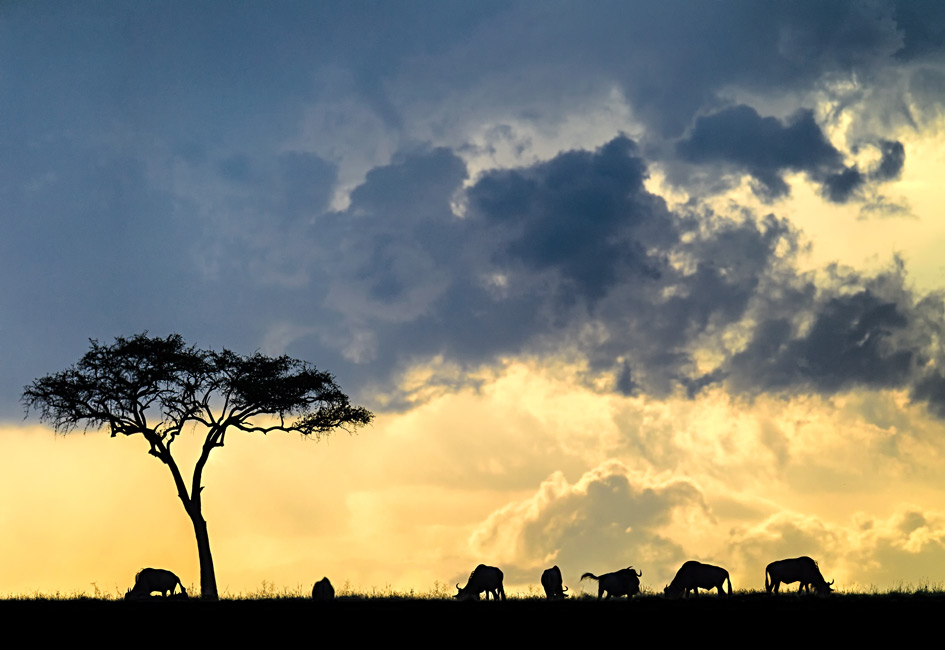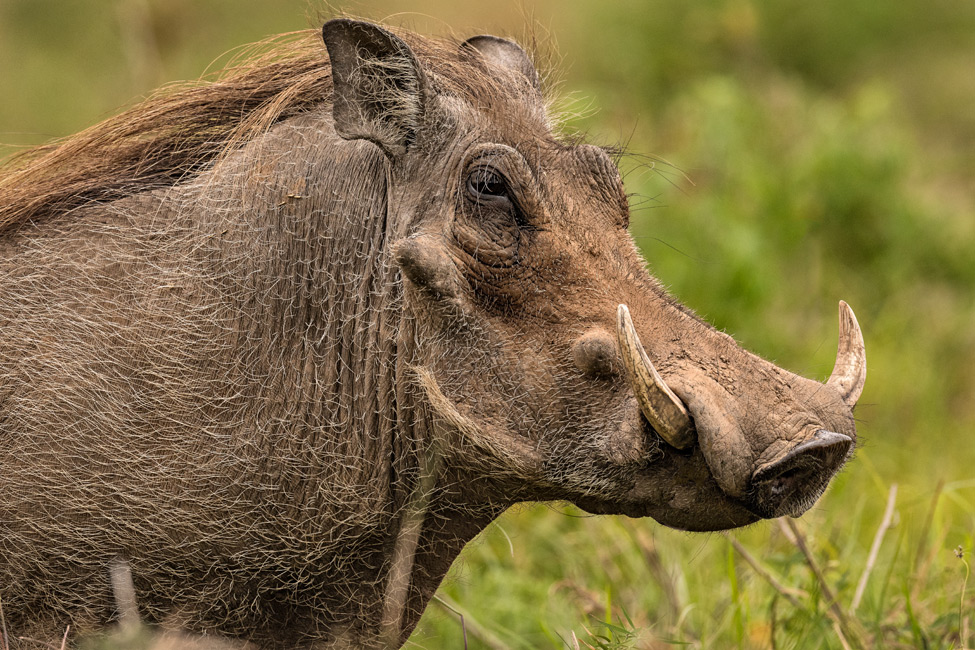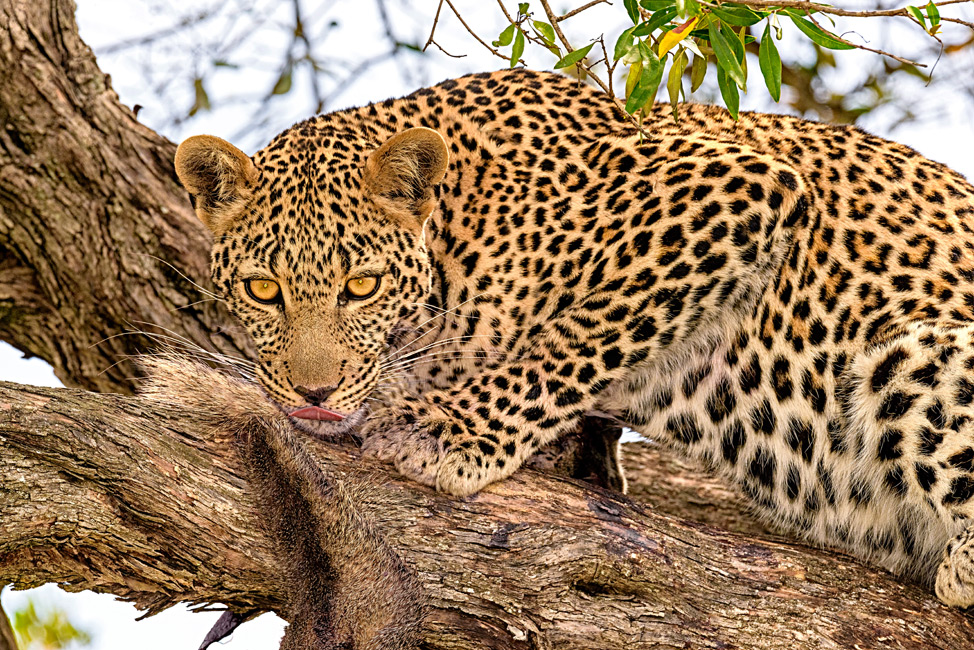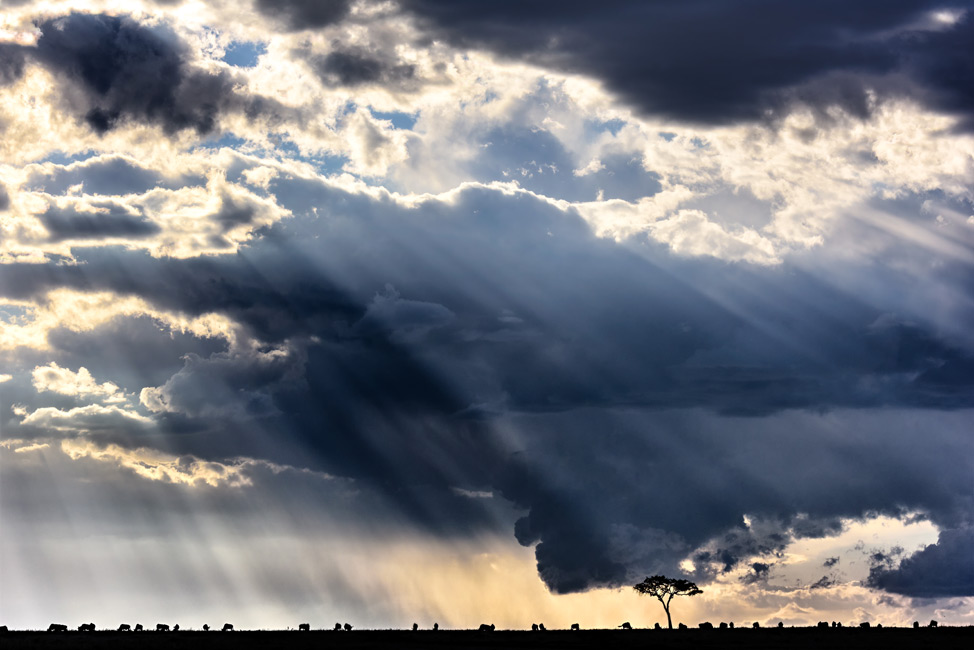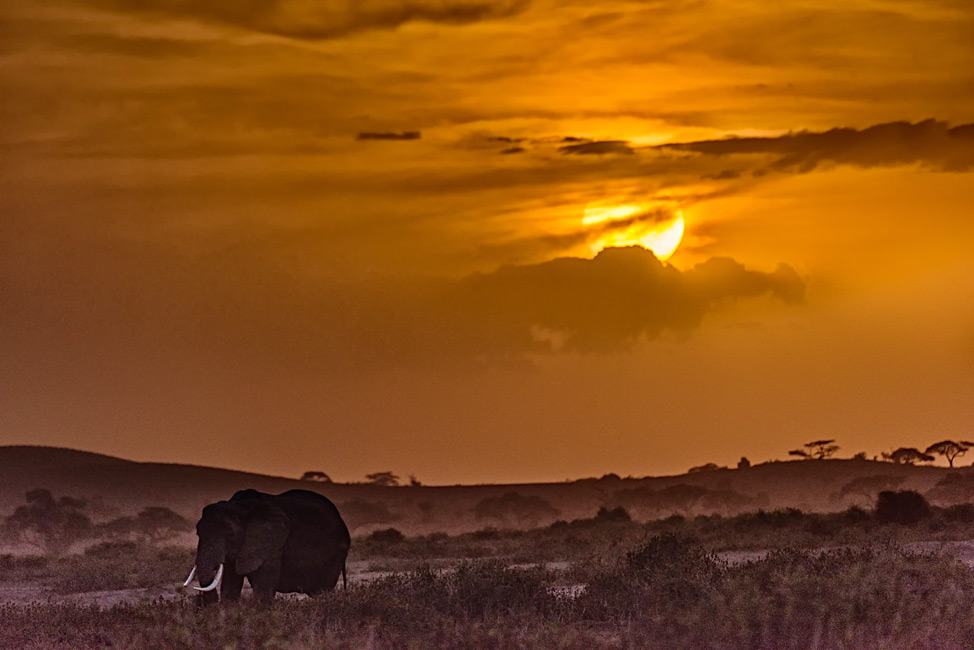The Mix 'n Match Method For Smart Photo Safari Shooting
There's a lot to be said about the benefits of a backup camera.
First, well...it's self-defining, isn't it? If your camera slips from your grip and goes into the river, your first thought—Thank goodness I have insurance—is going to be followed by, Thank goodness I've got a backup.
There's another big advantage, though—one brought up in a conversation we had with photographer, workshop instructor and photo safari leader Mark Alberhasky not long after he returned from Kenya. Mark's idea: definitely carry two Nikon camera bodies, but make one an FX, the other a DX.
"I was able to travel light, but cover all the bases with a combination of a full-frame FX and a crop-factor DX camera," he said of his trip. His D810 was the former, his D500 the latter, and with those two bodies, a minimum of lenses provided maximum potential, as he carried less weight without sacrificing focal length.
Mark passes the mix-and-match advantages on to his safari first-timers. What he tells them—and he does it when they sign up, not when they show up—is that the professional edge is one FX and one DX camera. "That's what opens doors for them," he says.
The choice of DX and FX camera bodies ties directly into lens selection. Here's how it works.
"I know from experience that for the first-timer, a 70-200mm lens is most likely the big telephoto, so the first thing I have to do is get them to realize that to do wildlife justice, they're going to need a longer focal length."
Like an 80-400mm? "That's a pretty decent lens for a safari," he says, but lately he's been thinking longer than that: the 200-500mm, which, on a 1.5X crop factor DX body, provides the equivalent view of a 300-750mm zoom. Now you're really talking extra reach and close-up detail. "Ninety percent of wildlife photos, no matter where you are—Africa or Yellowstone—will be taken between 300mm and 600mm," Mark says.
The Right Stuff
As soon as Mark's clients decide to go on safari, he starts sending them information on what clothes to wear, what luggage to bring and how to pack. Perhaps most important, he sends a whole lot of ideas about equipment.
"I address the smart way to travel," he says. "I don't want them to bring every lens they own, so I do my best to get them thinking that they need to get two camera bodies and expand the repertoire of lenses to cover the need for long and varied focal lengths. The key is, don't duplicate—complement."
For example, Mark likes to have his 16-80mm on the DX D500 body and an 18-200mm or 28-300mm on the FX D810. "When I'm working a long lens and the animal decides to walk up within five feet of the vehicle, that long lens on an FX body won't get the picture for me because the minimum focus won't get detail on the animal's face. In that case I need to be able to instantly pick up the D500 with the 16-80mm on it and keep shooting, as the 16-80mm [is] like a 24-120mm on an FX body."
On the Kenya trip, Mark carried a D5 in addition to his workhorse D810 and D500. His lenses were a 16-80mm, an 80-400mm and an 800mm. At one point he took some images with a borrowed 200-500mm. "It's an incredible lens," he says. "It's sharp, compact and a great value. Everybody I know who's shot it, raves about it."
An iconic silhouette in late afternoon light in Amboseli National Park. "The image seems to say, "The sun is about to set on this majestic species. Save it!'" D810, AF-S NIKKOR 80-400mm f/4.5-5.6G ED VR, 1/4000 second, f/8, ISO 800, manual exposure, Matrix metering.
Top Tips
We asked Mark to complement his mix-and-match camera body advice with some of his top tips for successful safari photography. He was happy to oblige.
-
"Shoot wide, shoot medium, shoot tight."
-
"Learn to look for small details in the landscape as well as on the animals, then use your DX reach to capitalize on those details."
-
"Don't become tele obsessed. When first using a tele lens, it's likely you'll take every shot tight on the animal's head—but you should also show the whole body and the animal's environment. Tell the whole story."
-
"Resist the urge to bring every lens you own. As Jay Maisel says, 'The more equipment you bring, the fewer pictures you'll take.' When the action happens on safari, it happens fast, and you don't want to be switching lenses or thinking about what to use while what you want to shoot is over and done."
-
"This is important: bungee cord your gear in the vehicle for a secure ride. On my very first safari, I set a lens down on the seat, and when the driver suddenly took off, it went flying."
-
"Bring a minimum of two beanbags for camera and lens support to cover both sides of the vehicle."
-
"The most common mistake people make is shooting at too slow a shutter speed and too low an ISO. The animals are almost always moving, and certainly always looking around for what they want to eat or what wants to eat them. Shutter speed should be at least 1/750 to 1/1000 second, the ISO 800 to 1600, and I like apertures of f/8 and f/11. Want to get a bird in flight? That's a minimum 1/2000 second. These are ranges most people don't think about, but should when photographing wildlife anywhere."

